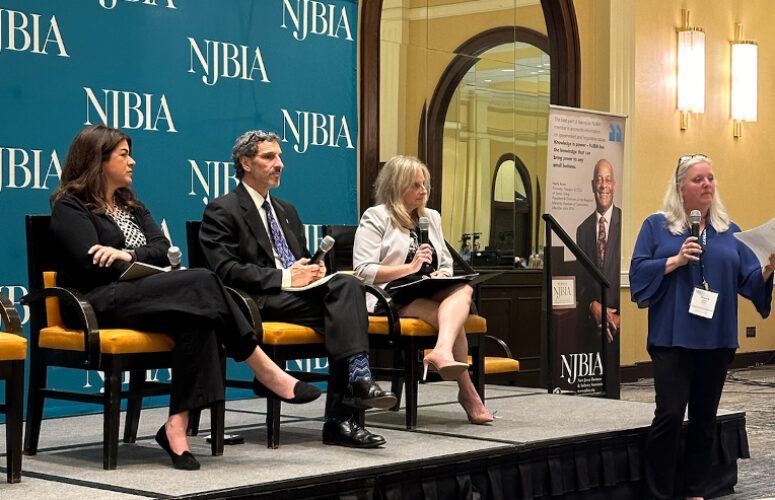[ad_1]

Environment
By Jim Pytell, Managing Editor On Jun 4, 2024
The new state process for expediting Soil Remedial Action Permits (SRAPs) was among the environmental topics impacting the business community that experts explored during NJBIA’s Environmental Regulatory Conference today.
The event’s opening panel, which took place at the Delta Hotels by Marriott Woodbridge, presented unique perspectives from the New Jersey Department of Environmental Protection (NJDEP), industry and Licensed Site Remediation Professionals (LSRPs) on the ever-changing regulatory landscape.
A Soil Remedial Action Permit is required whenever a remedial action includes leaving soil contamination in place at concentrations in excess of the unrestricted use Soil Remediation Standards N.J.A.C. 7:26D. A permit must be issued by the NJDEP prior to an LSRP issuing the Response Action Outcome (RAO).
NJDEP recently posted a new form for applications for SRAPs entitled “LSRP Supplemental Certification for Initial Soil Remedial Action Permit Application” for the purpose of expediting review of SRAP applications that meet certain criteria, and in turn reduce backlog.
According to Chiesa Shahinian & Giantomasi PC, the expedited form provides several gate-keeping questions that the applicant must meet; otherwise, the case is not suitable for the SRAP Certification. The SRAP Certification will not apply to any of the following types of cases:
- Cases under traditional oversight by NJDEP;
- Residential properties, schools, or childcare facilities;
- Cases that have received technical impracticability determinations; or
- Cases with sediment or soil caps for addressing ecological receptors.
According to panelist Karen Murphy, principal, Bressler, Amery & Ross, P.C., cases under traditional oversight being ineligible for SRAP Certification have been particularly frustrating for her clients, especially because many of these cases have what she described as straightforward approvals. Instead, many remain in the queue waiting for review.
David E. Haymes, an assistant commissioner at NJDEP, said there have been approximately 46 soil applications submitted for review to the department with 38 approved so far.
“We want to push these things through,” said Haymes. “We are allocating under 30 days to get expedited permits out and issued, and I do think we have been successful in that regard.”
Rayna Laiosa, CHMM, CPEA, chair, Site Remediation Industry Network (SRIN) said that communication and transparency from NJDEP regarding how many permits are getting approved – as well as any issues that may have been addressed during reviews – is critical.
“Being able to communicate [this information] to our members is very beneficial,” she said.
“We need to learn from each other,” added Murphy. “It is always the three of us: NJDEP, LSRPs and industry, working together. We need to have a dialogue.”
The panelists also discussed PFAS – widely used, long lasting chemicals, components of which break down very slowly over time. Exposure to PFAS in hundreds of types of consumer products has been linked to cancers and other diseases.
Because of their widespread use and their persistence in the environment, many PFAS are found in the blood of people and animals and are present at low levels in a variety of food products and in the environment.
Research is currently being done on how to better and more efficiently detect and measure PFAS in air, water, soil, and fish and wildlife, as we are yet to fully understand the extent of PFAS distribution in the environment. Current testing methods are also costly and time consuming.
In 2018, New Jersey became the first state to establish an enforceable standard for PFAS in drinking water. The state set a maximum contaminant level of 13 parts per trillion (ppt) for PFNA and PFOS, and 14 ppt for PFOA. The US Environmental Protection Agency (EPA’s) new standards are stricter – setting an enforceable maximum contaminant levels at 4.0 ppt for PFOA and PFOS, individually.
“One part per trillion is equivalent to a single drop of water into 20 Olympic-sized pools,” said Laiosa. “The biggest challenge right now is what methods are you going to use to look for PFAS and which PFAS contaminants are you looking for.”
Murphy added that technology will continue to evolve, but for now it is important to cut through the hysteria surrounding PFAS, and work through the existing process with the tools available.
To access more business news, visit NJB News Now.
Related Articles:
[ad_2]
Source link



